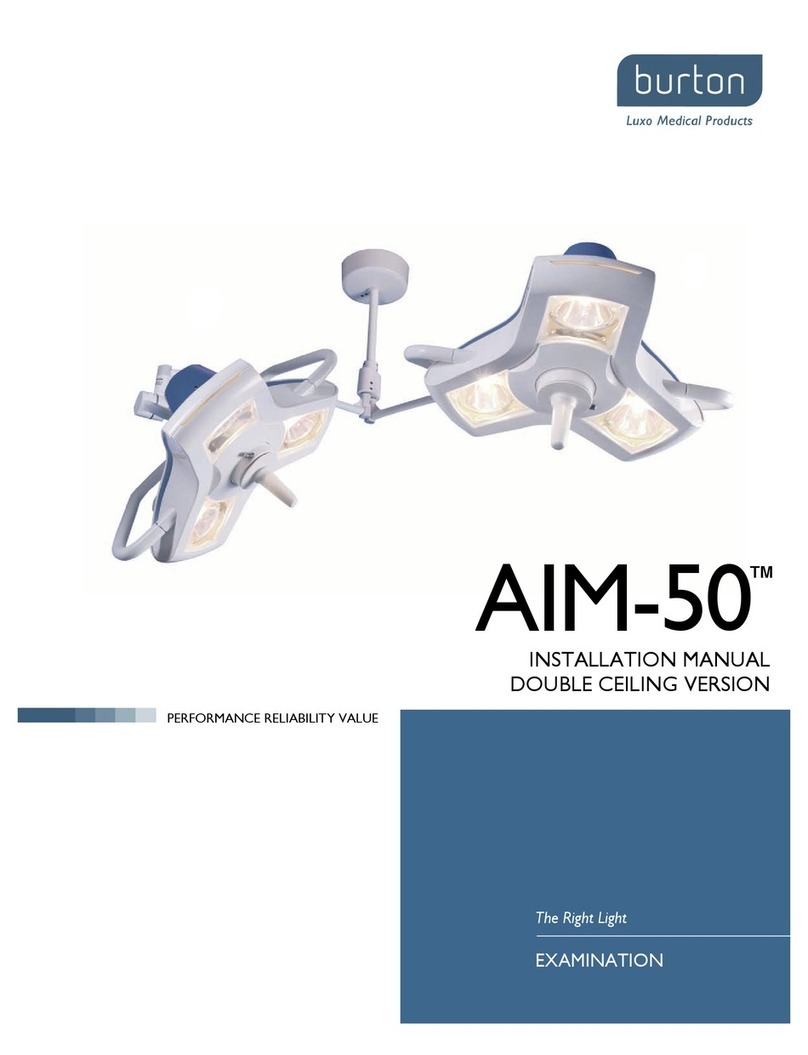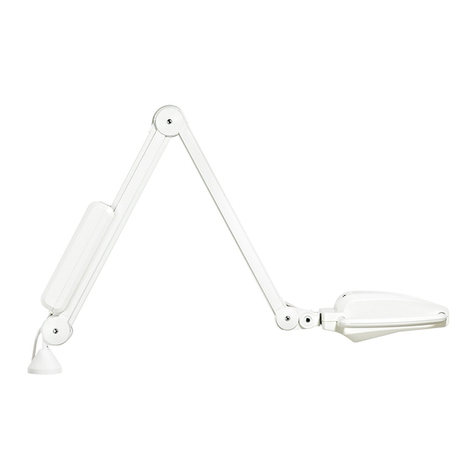4
1.0 Safety Instructions
Please keep these operating instructions in a secured place near the device. This ensures easy access to safety
instructions and important information should the need arise. Please note that certain duties must be carried
out by people with the appropriate corresponding qualifications:
• These operating instructions become applicable only after proper installation and assembly in accord-
ance with the assembly instructions provided.
• Only persons with proper training are permitted to operate the equipment.
• Only trained personnel are permitted to clean the equipment.
• Please read these operating instructions carefully before using the floor stand. It will help protect you
and others from potential injuries that may occur.
• If problems are encountered that have not been addressed in these operating instructions, please contact
your supplier in the interest of your own safety.
• These operating instructions only apply to the product listed here and should not be used for any other
products.
• The maintenance work and troubleshooting, as described in Section 3 and 4, should only be done by
trained service technicians.
• The maintenance work, as described in Section 3, should only be carried out by a hospital technician or
someone with similar qualifications.
• This equipment has been built accordingly and is operationally safe. Nonetheless, it may still present
some danger, especially if not used according to the operating instructions as specified in Section 2.
• Modifications are never to be made for any reason. This is to ensure safety for all persons involved. If
modifications are made to the system the warranty is then void.
• The contents of the operating instructions are subjected to changes without further
notice.
• There are no known exposed hazardous materials use on this product that may constitute a safety hazard
to the user or patient.
1.1 Symbols
In these operating instructions and on the device, important points have been marked with symbols. The sym-
bols have the following meanings:
General Warning
Caution Symbol
General mandatory action
Refer to instructions manual
Single use item, do not reuse product.































